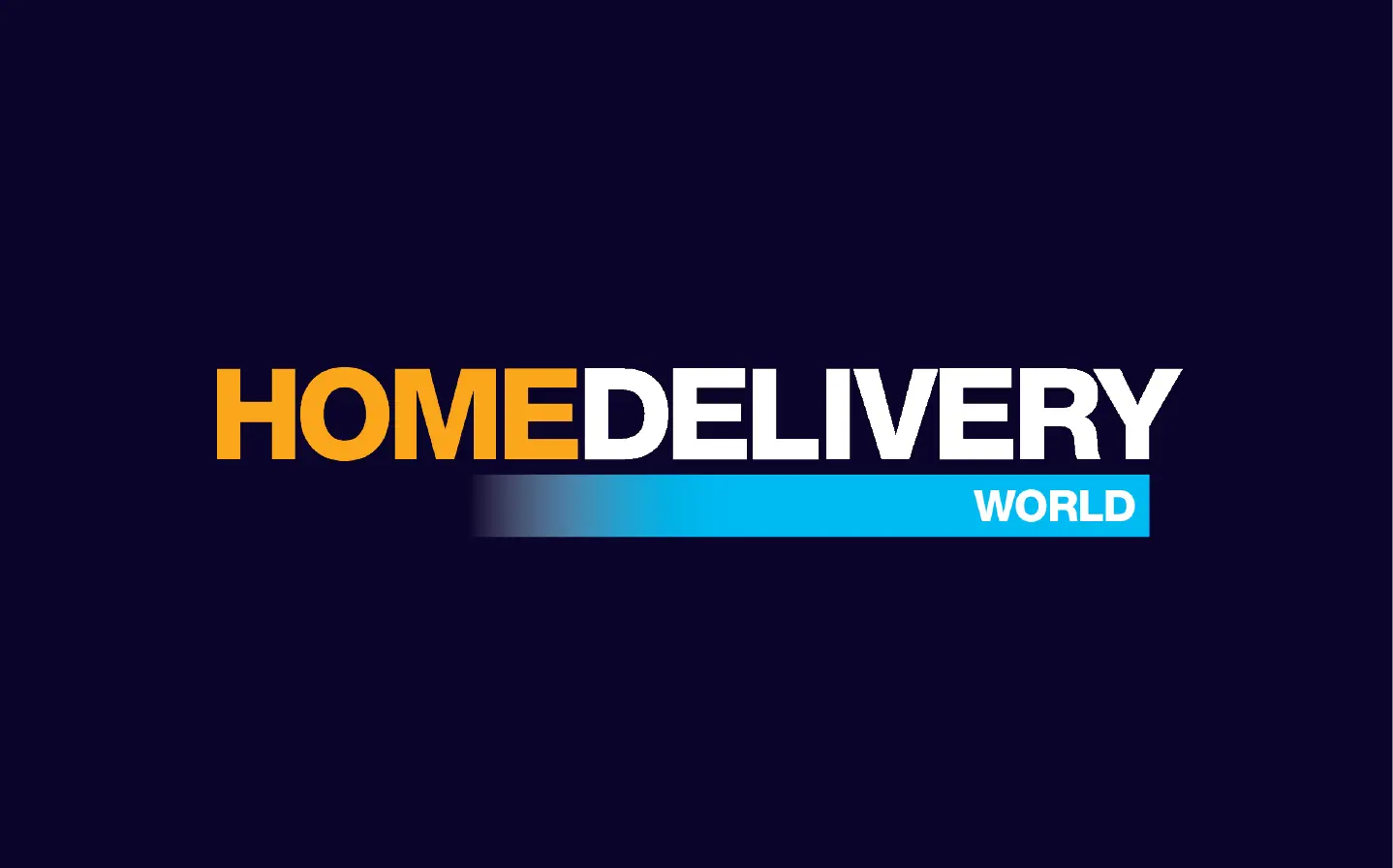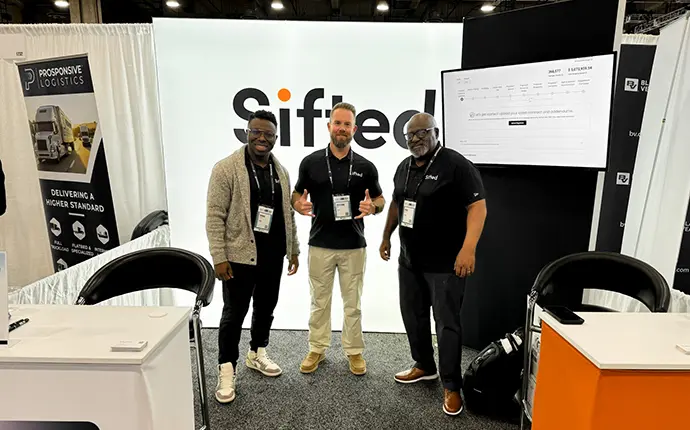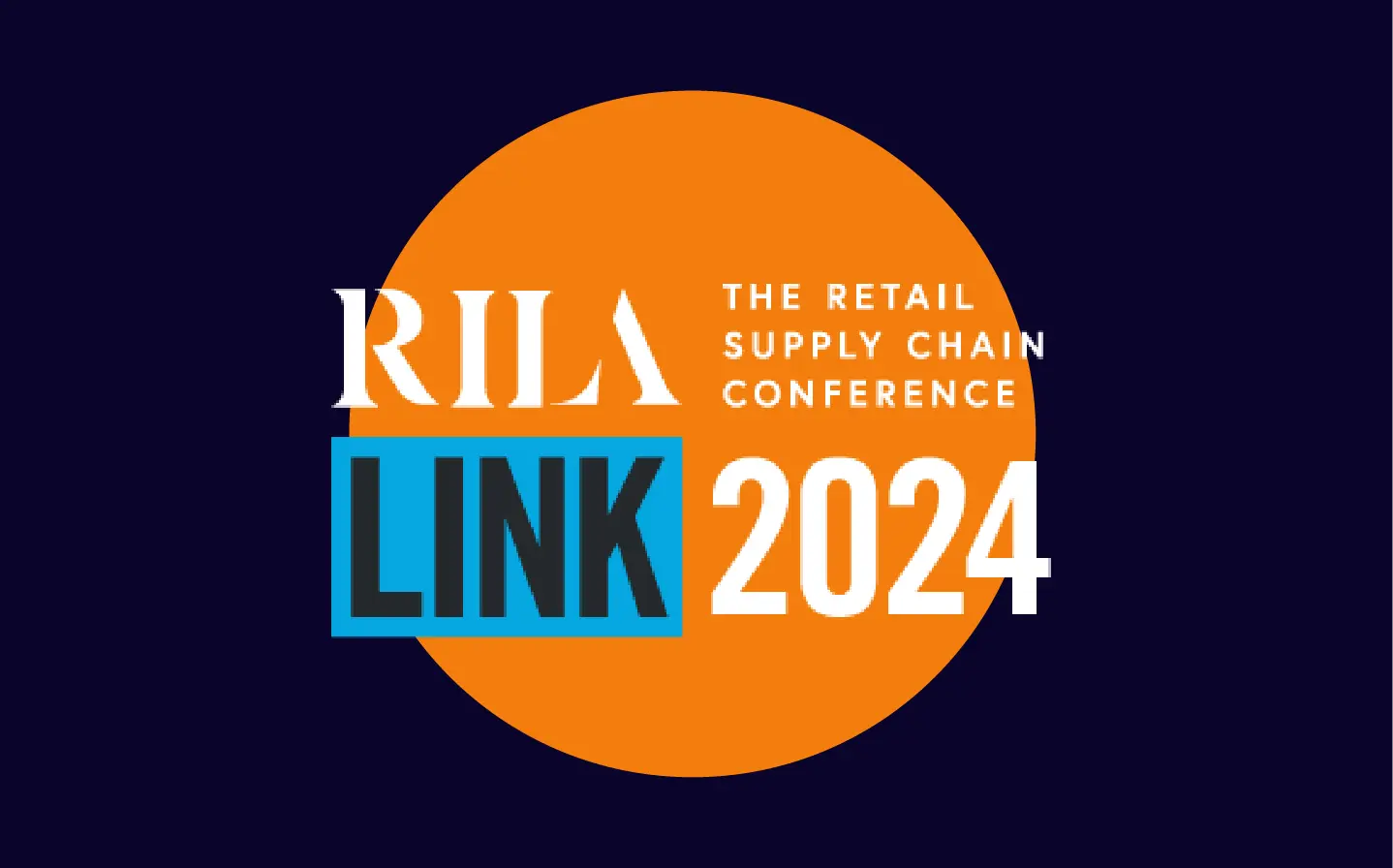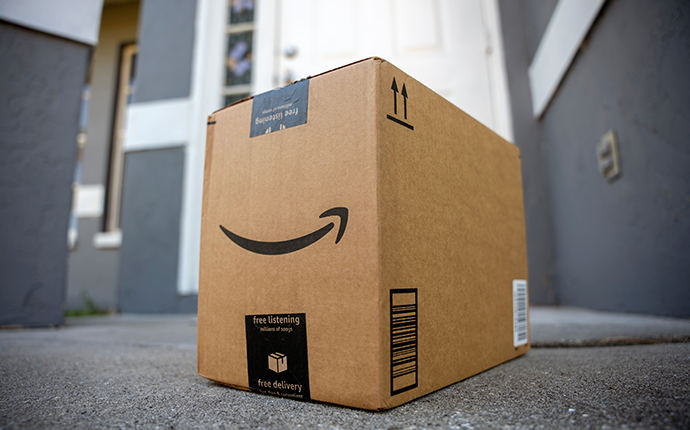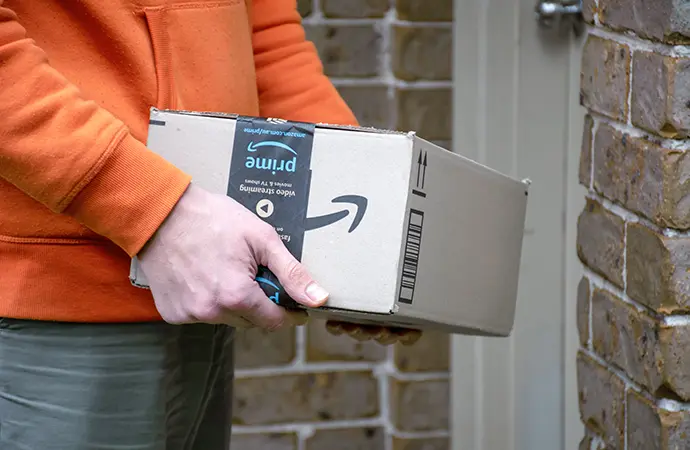Last updated 7/20/23
If you ship with UPS, there’s no doubt you’re aware of the ongoing contract negotiations between them and the International Brotherhood of Teamsters, the union representing roughly 350,000 UPS employees.
For nearly a full year, the upcoming, and now ongoing, negotiations have frequented headlines. Teamsters’ leadership has been public in their criticisms of UPS following record-breaking profits in the pandemic, and have made it clear they’ll go on strike if an agreement isn’t reached by July 31. They’ve even amassed a $350 million strike fund.
Meanwhile, UPS has worked to ease shippers’ fears, stating their belief they can resolve the disputes “with just a few tweaks” to the existing agreement while assigning “high-impact” executives to avoid losing business from some of their biggest clients.
After 8 weeks of negotiating a new National Master Agreement (NMA), talks broke down. On July 5, the Teamsters walked away from the negotiating table after UPS presented an offer they deemed “unacceptable.” Plans no exist to resume negotiations during the week of Jul 24, but the two-week hiatus complicates the Teamsters’ desire to disperse a new agreement to be ratified by rank-and-file members ahead of July 31.
How did we get here? Here’s a quick recap of everything that’s happened to this point, what is being negotiated, and what could happen next.
Timeline of the UPS and Teamsters Negotiations
- August 1997 – 185,000 UPS Teamsters members strike for 15 days. Only a fraction of deliveries are completed.
- July 2018 – A new UPS and Teamsters National Master Agreement (NMA) is ratified, Many union members are displeased with several terms.
- 2020-2021 – The COVID-19 pandemic causes a massive surge in shipping volume and safety concerns for workers. UPS stock prices double in two years.
- November 2021 – Sean O’Brien, who urged a more assertive stand toward UPS, wins election to become Teamsters President.
- August 2022 – Teamsters issues a “nationwide call to action” with parking lot rallies, leafleting actions, and other mobilization efforts to raise awareness of upcoming negotiations. They also demand UPS provide detailed plans on improving worker safety.
- January 2023 – Teamsters’ UPS National Screening Committee begins reviewing proposals for the National Master Agreement submitted by local divisions.
- January 2023 – Teamsters begin negotiating for supplemental (regional/local) agreements with UPS.
- April 3, 2023 – Teamsters supplemental negotiators give UPS a “hard no” to any cost-neutral agreements, criticize pace of bargaining progress.
- April 12, 2023 – Teamsters notifies UPS they won’t negotiate on the NMA until all 40 supplemental contracts are resolved.
- April 17, 2023 – UPS and Teamsters meet in Washington D.C. to begin the federally-moderated negotiation of the new NMA. NMA discussion doesn’t begin, as supplemental agreement negotiations are still underway.
- April 25, 2023 – UPS announces the shift of “high-impact executives” to focus on retaining high-volume clients amid fears of a coming strike.
- May 9, 2023 – Negotiations on the National Master Agreement begin. Two supplemental contracts are still being negotiated, but the Teamsters representatives overseeing them urge the union to begin national negotiations.
- June 5-9, 2023 – Teamsters begin holding votes to authorize a strike – this doesn’t mean a strike will occur, but is a necessary step in order to eventually strike.
- June 8, 2023 – A tentative agreement is reached that will require UPS to negotiate with Teamsters at least 45 days prior to major technology implementations (drones, driverless vehicles, etc.).
- June 14, 2023 – Teamsters secures a tentative agreement for UPS to install air conditioning in entire fleet of package-delivery vehicles.
- June 16, 2023 – Teamsters announce strike authorization vote passes, with 97% of respondents voting in favor of authorizing a strike.
- June 22, 2023 – Teamsters reject an NMA proposal from UPS, displeased with monetary terms and calling the proposal “appalling.”
- June 28, 2023 – UPS is given a one-week deadline to reach a tentative agreement, as Teamsters want ample time to ratify an agreement ahead of July 31. The union says they believe a strike to be “imminent.”
- July 5, 2023 – Teamsters walk away from negotiations, blaming UPS for not providing satisfactory economic proposals. Meanwhile, UPS blames the union, stating that they chose to end negotiations early and encouraging them to return.
- July 6, 2023 – In an interview, O’Brien shares that starting pay for part-time workers was the primary point of disagreement that led to the negotiation collapse.
- July 19, 2023 – Both sides share that dates are being arranged to return to negotiating during the week of July 24.
- TBD – A tentative/handshake agreement could be reached and prepared for final approval via Teamsters members’ votes. If not reached in time, both sides can agree to extend the bargaining period.
- TBD – Eligible Teamsters members will review and vote to ratify or reject the tentative National Master Agreement.
- July 31, 2023 – A new National Master Agreement must be ratified by this date. If not, the Teamsters have threatened to strike beginning August.
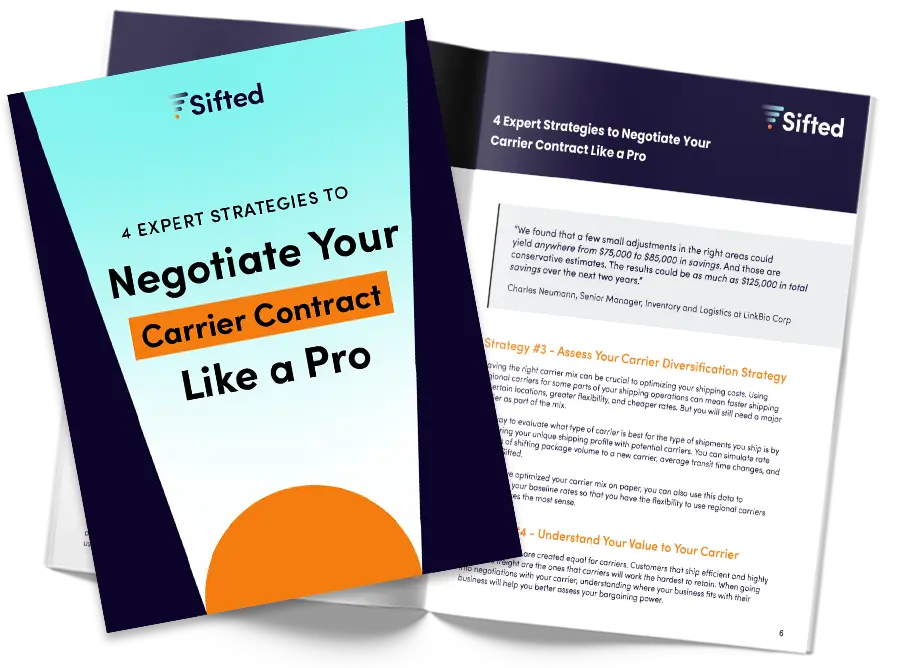
Negotiate Your Carrier Contract Like a Pro
What Are Key Points Being Negotiated?
The pandemic ushered in a massive surge of eCommerce shipping volume, which allowed UPS to earn record profits. The Teamsters feel that with the next contract, their workers need to be recognized and fairly compensated for the role they played in moving that volume amid health and safety concerns.
Negotiation points have been unofficially referred to as either “non-economic” (UPS practices and policies, rights or protections for workers, etc., that will likely still have economic outcomes) or “economic” (pay and benefits).
Non-Economic Negotiations
A focal point for the Teamsters has been for UPS to eliminate a second classification of part-time drivers. According to the Teamsters, the two-tier system allows UPS to pay weekend delivery drivers lower wages, despite them doing the same work as higher-paid weekday drivers. Shortly before the negotiations collapsed, UPS and Teamsters reached a tentative agreement to eliminate the two-tier system, giving part-time and full-time drivers equal pay.
In a similar worker protection effort, an agreement was reached that would ban UPS from introducing major technologies without first bargaining with the union. If passed, UPS will be required to negotiate with Teamsters at least 45 days before introducing new tech, like drones or driverless delivery vehicles, into their network.
Another effort from the union has been to increase the amount of work available to their members by keeping more packages in UPS’ network. In late May, a tentative agreement was reached to reduce the size of packages eligible for delivery by the USPS through UPS’ SurePost program, giving more work to Teamsters members.
Heat safety is a topic the Teamsters were voicing concerns over well before their awareness campaign about the NMA negotiations, and something that UPS themselves were already working to address. Negotiations have been productive in this area, as the sides reached a handshake agreement for UPS to install air conditioning, heat shields, and fans in their fleet of delivery vehicles.
Economic Negotiations
While the two sides made considerable progress through non-economic negotiations, topics involving pay have caused the negotiations to stall. Throughout the entire process, Teamsters have vocally opposed any cost-neutral proposals, and O’Brien has said they’re “demanding big raises” across all employee classifications.
At the moment, the sides don’t seem particularly close on these issues. Teamsters presented the first proposal for economic terms. When UPS presented a counteroffer, the union called it “appalling” and gave UPS a week to return with a “realistic and respectful” offer. The union considered UPS’ next offer to have “significant movement,” but demanded they return with their best final offer.
Negotiations carried on through the holiday weekend, but in the early hours of July 5, Teamsters left negotiations after UPS returned with the same offer, stating it was the best they could offer. UPS has said they’re proud of their “historic proposals that build on our industry-leading pay.”
According to O’Brien, pay for part-time workers is where the two sides differ. Part-time employees make up roughly 55% of the UPS workers the union represents, and increasing their compensation has been one of the Teamsters’ primary focuses. O’Brien says they’re “probably $6 to $7 per hour apart” on starting rates of pay for part-timers. According to UPS, part-time employees earn an average of $20 an hour after 30 days.
O’Brien says a tentative agreement can be reached ahead of the deadline, but it’s “totally up to UPS.”
So… Will a Strike Happen?
The recent breakdown in negotiations could make a strike appear more likely than before, with O’Brien even calling it “inevitable.” Still, there are three major players – UPS, Teamsters, and the U.S. Federal Government – that all have an interest in avoiding a strike.
It’s important to note key differences between now and the 1997 strike. First, UPS was not yet a publicly-traded company in 1997, meaning they didn’t have stock prices to consider and shareholders to answer to. Additionally, shippers have far more carrier options today than in 1997. While it’s probably too late for shippers to entirely switch or add carriers by August 1 (FedEx and the USPS simply can’t handle all of UPS’ volume), UPS now faces a reality that even after a strike ends, disgruntled shippers might take their business elsewhere.
While they haven’t held back in threatening a strike, the Teamsters have plenty of incentive to avoid a work stoppage. Ultimately, they want to do what’s best for the employees they represent, and anything that could have long-term consequences for UPS isn’t in their best interest. Even though a $350 million strike fund sounds impressive, with 340,000 employees, each would only receive a little over $1,000. That won’t last long, and Teamsters’ middle-class workers would then face the reality of going weeks without pay.
Additionally, Teamsters has seen mixed results recently, organizing successful strikes among food warehouse workers while simultaneously being voted out by a similar group in another state. With UPS employees being the largest single group the Teamsters represent, damaging that relationship could be devastating.
Should the two sides fail to reach an agreement, it’s still possible that the White House steps in to prevent a strike. Under the Taft-Hartley Act, President Biden has the power to halt a strike if it’s deemed too economically destructive to allow. With UPS moving an estimated 6% of the U.S. GDP daily, there’s no doubt the White House is closely monitoring the situation.
Still, intervention is not guaranteed. The Biden administration has been very pro-union – even more than the Clinton administration, who chose not to prevent the 1997 strike. While UPS’ parcel volumes are far higher than in 1997, and eCommerce is a far greater force in the U.S. economy, UPS has a smaller share of the parcel market today, so an argument can be made that a strike today would have less economic impact (relative to the size of the market) than in 1997.
Unfortunately, it’s likely too late for high-volume shippers to entirely switch carriers ahead of August 1, as others like FedEx and the USPS simply can’t handle all of UPS’ volume. FedEx is urging shippers to switch ASAP as they assess what volume commitments they can make.
UPS client or not, a potential strike impacts the entire parcel market, and all shippers should pay close attention to the situation.
Subscribe to Sifted’s Unboxed newsletter to stay up-to-date with the latest news in the industry.
